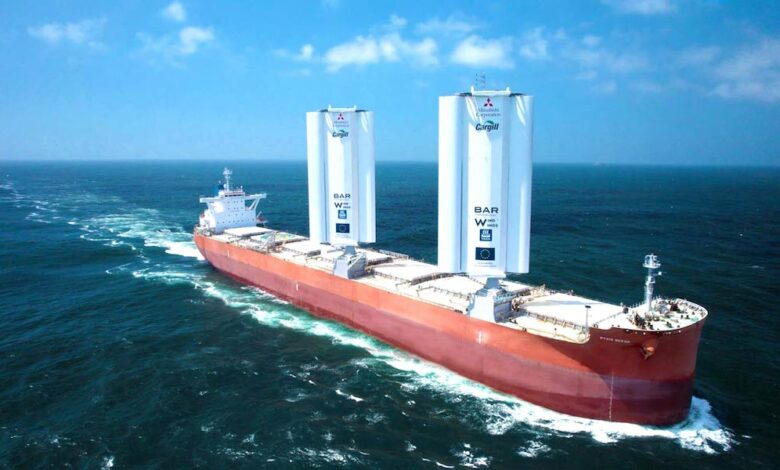Ship Concept 2030: Are cargo owners doing enough to drive change?
Who will drive the ship changes coming up? Splash takes a look at what customers are doing..
For Khalid Hashim, the veteran managing director of Thai-listed dry bulk owner Precious Shipping, the way to ensure shipping goes green rapidly is with three regulations – a carbon tax, a hard stop to any fuel-burning ships delivered by shipyards on or after January 1, 2030, and finally a deadline for 20 years or older ships to be scrapped by January 1, 2035. This regulatory trifecta would give clarity for shipyards, for owners, for charterers, and for end consumers, with hard deadlines. It would also guarantee charterers tie up long-term contracts with owners who have taken the plunge and contracted zero-emission vessels (ZEVs). Moreover, it would get cargo users to factor in the cost of ‘green’ shipping services and to charge their end consumers for such a green service.
A handful of charterers in 2023 are responsible for some of the more eye-catching vessels coming out yards whether it’s with wind-assisted propulsion, or some alternate fuel, but the scale of such green investments remains far below for what is required to meet shipping’s enhanced environmental goals.
The size of the challenge can be evidenced in the latest annual report from signatories to the Sea Cargo Charter, a global framework for assessing and disclosing the climate alignment of chartering activities, whose members include big-name shippers such as Cargill, Trafigura, Bunge and Shell. The annual report, published in June and covering 2022, showed emissions data for last year showed no improvement over 2021’s figures.
“Time is running, 2050 is closing in fast and the required actions are extremely complicated to overcome,” says Mikael Skov, the CEO of Hafnia, the world’s largest product tanker owner.
New analysis from UK consultancy shows that even at the lowest ambition interpretation of the International Maritime Organization’s new greenhouse gas (GHG) strategy, an average ship’s GHG intensity will need to have reduced by 86% by 2040.
“The reality is,” Skov says, “charterers play a big role in this in making the financials work. The cost of the new fuels’ technologies, if unsupported by long-term contracts, will have most owners refrain from taking the financial risk of the future fuel’s technology alone on otherwise already expensive assets.”
Patrick Ryan, chief technology officer at ABS, argues that economics and societal pressures to reduce emissions will drive change.
“For trades that are consumer-facing, the shippers will drive change because their customers are putting pressure on them. For shippers of bulk commodities, it is going to be investors and stakeholders because the finance they require will need to meet ESG requirements,” he explains.
This point of view is supported by Heidi Heseltine, the CEO of Halcyon Recruitment.
“As major chains like Amazon and Ikea get further into the market and are under pressure to demonstrate their commitment to environmental and human sustainability, this will increase pressure on other areas of the shipping industry to follow,” she tells Splash.
“Cargo owners are displaying a growing inclination towards improving their ESG management, prompting a ripple effect throughout the industry. Furthermore, the concerns of consumers regarding global warming are exerting their influence,” states Yeontae Kim, executive vice president of Korean Register’s technical division.
Peter Jameson from Boston Consulting Group argues that establishing new chartering and ownership frameworks can “democratise” access to green assets and create a level playing field for organisations of all sizes. Also, Jameson maintains that supply-demand partnerships related to fuel sourcing are necessary to distribute the risk associated with setting up green fuel production across the value chain.
“All players in the value chain have crucial roles in achieving the estimated $2.3trn needed to decarbonise shipping by 2050. While addressing the challenges and opportunities, it becomes clear that comprehensive participation and collaboration are vital for a successful transition,” Jameson concludes.







